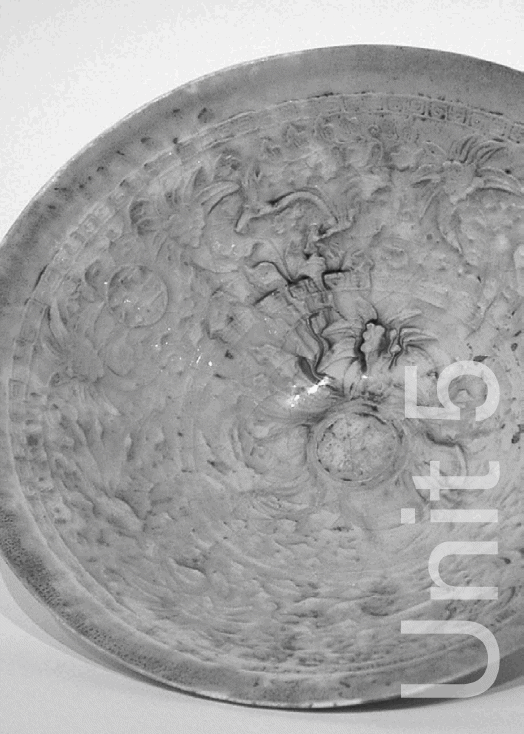 |
Home |
UNIT 5A OBJECTS AND MEANINGS
ABOUT THE UNIT
In this unit children select, arrange and present objects in a still-life painting. They investigate the work of artists who have used the theme of still life in a variety of ways to convey ideas and feelings. They develop skills of observation and recording, and knowledge and understanding of colour, tone and composition.
UNIT 5B CONTAINERS
ABOUT THE UNIT
In this unit children explore the craft tradition of making vessels and containers. They develop their own designs and build a three-dimensional form to represent a vessel or container that will hold something special that they would wish for. They consider examples by contemporary designers and ceramicists and look at work from different cultures.
The gallery provides a good resource for looking at craft objects from different cultures.
UNIT 5C TALKING TEXTILES
ABOUT THE UNIT
In this unit children explore how stories have been represented in textiles in different times and cultures. They work together to make a two or three-dimensional work based on a familiar story, myth or legend. They investigate and use a range of materials, techniques and textile processes to create surface patterns and textures and other visual and sound effects.
|
Home |
A resource web for art teachers using the Garman Ryan Collection and the New Art Gallery Walsall, England as a source of inspiration for the delivery of the QCA National Curriculum 2000 art schemes of work to pupils in Key Stages 1-3 |